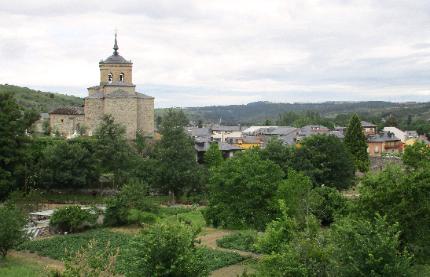
Where We Be
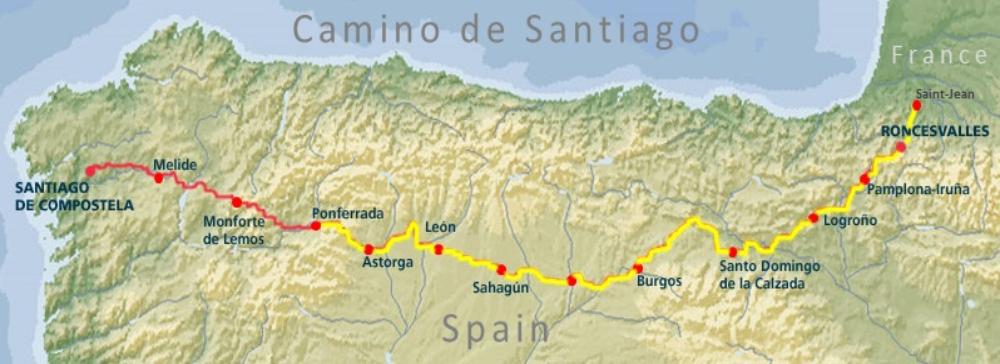
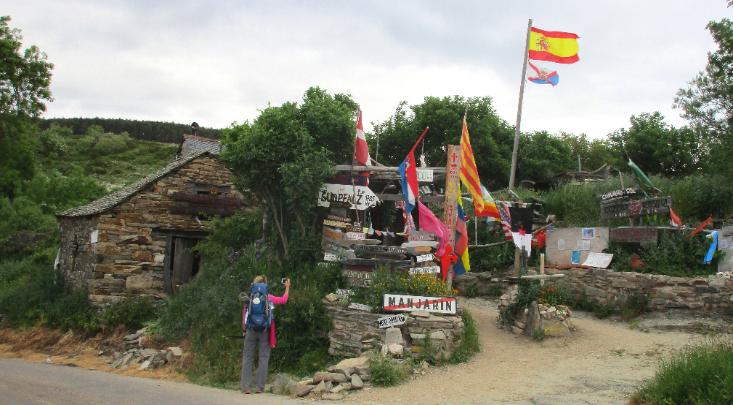
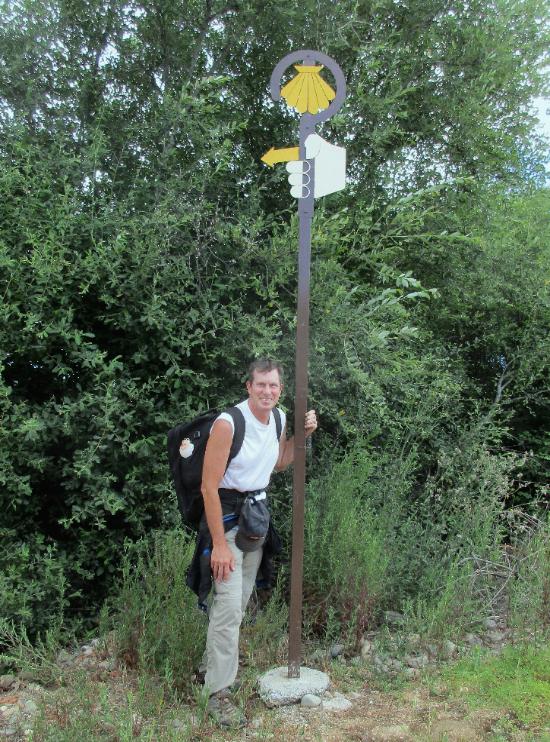
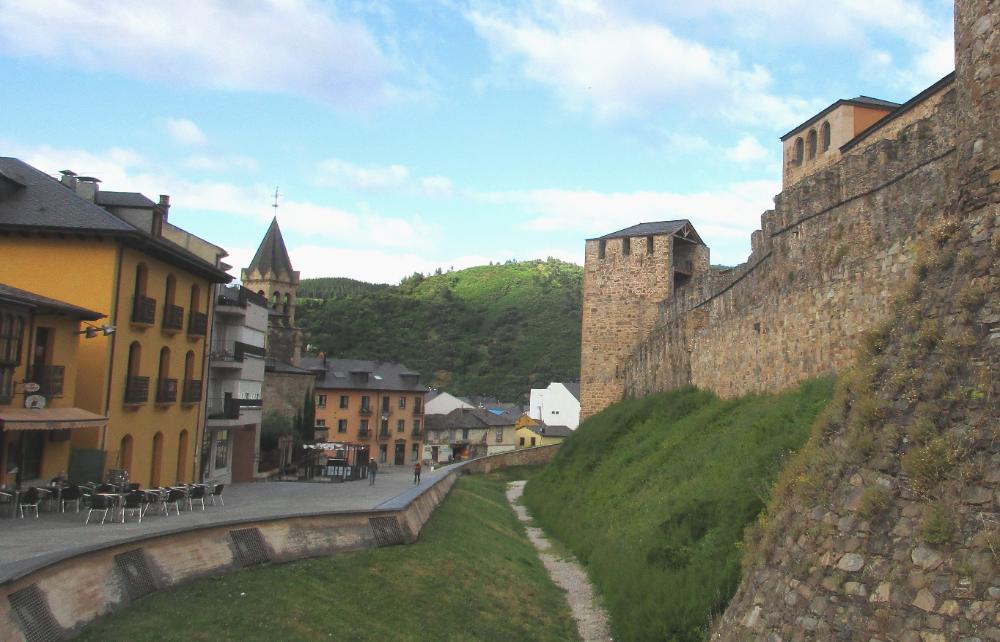
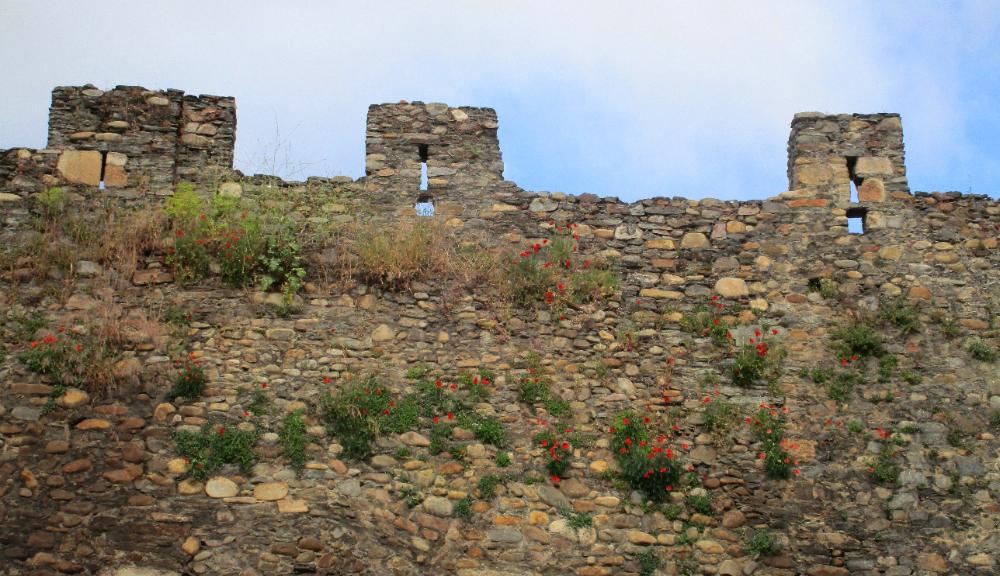
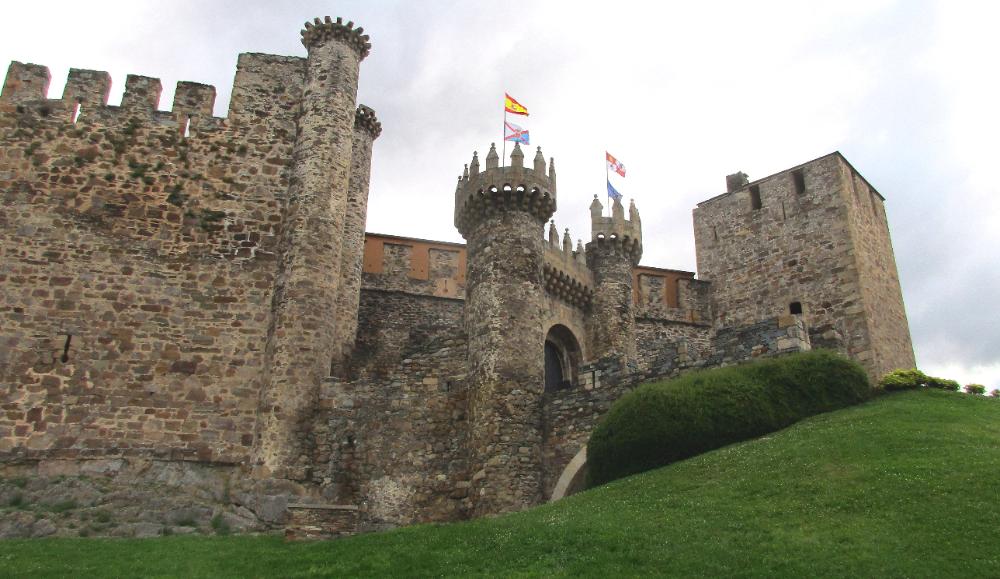
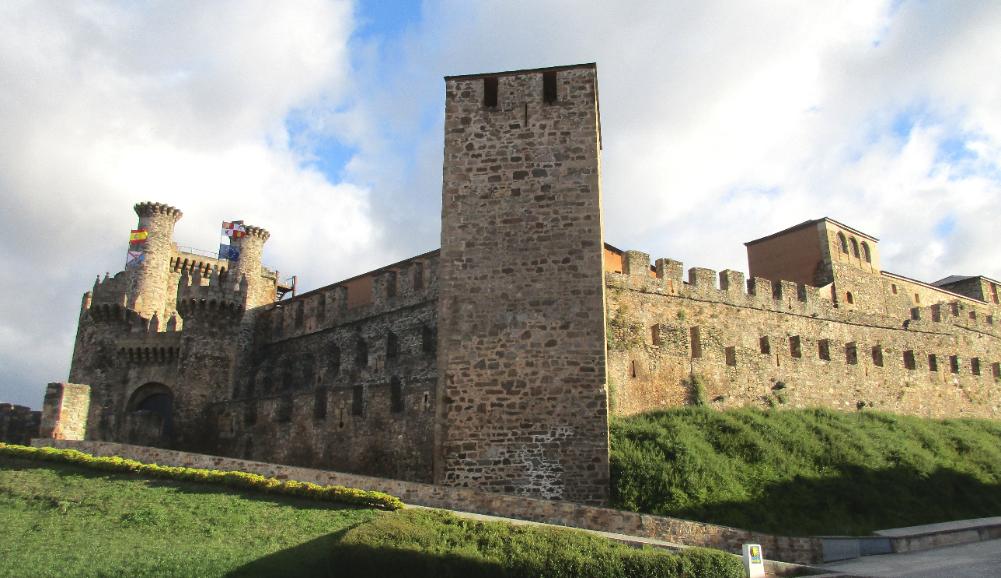
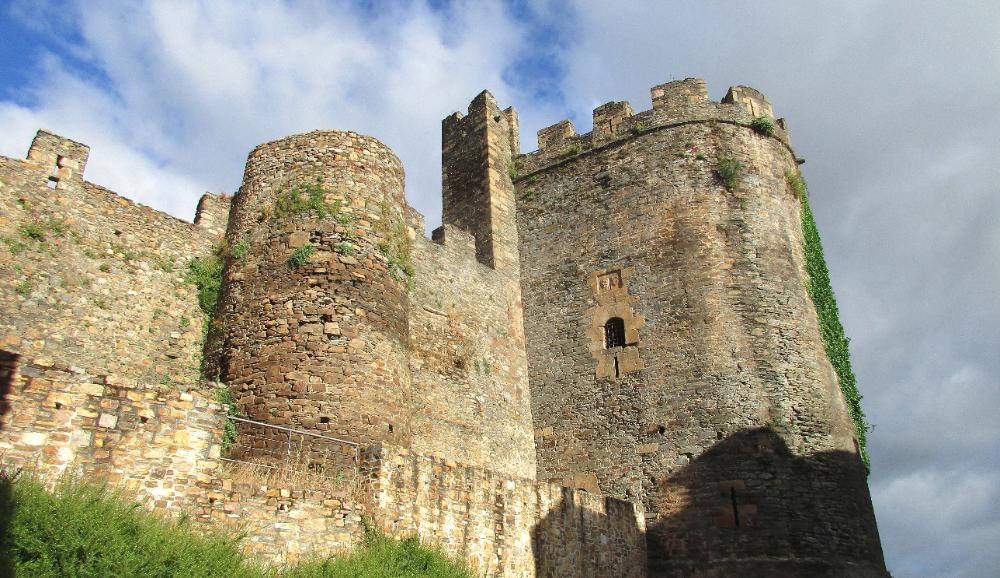
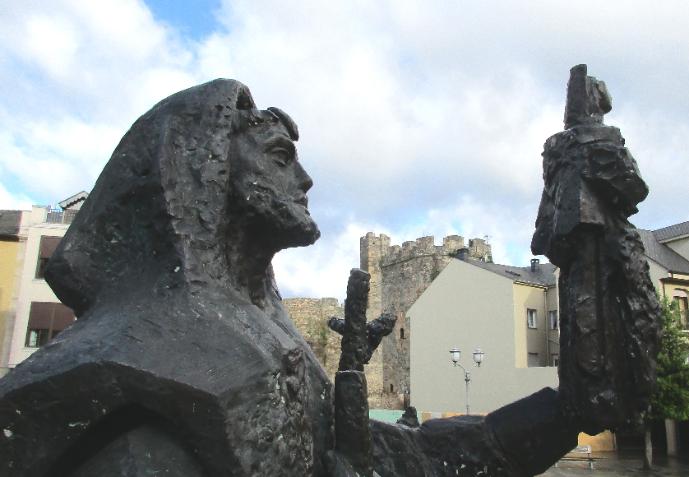
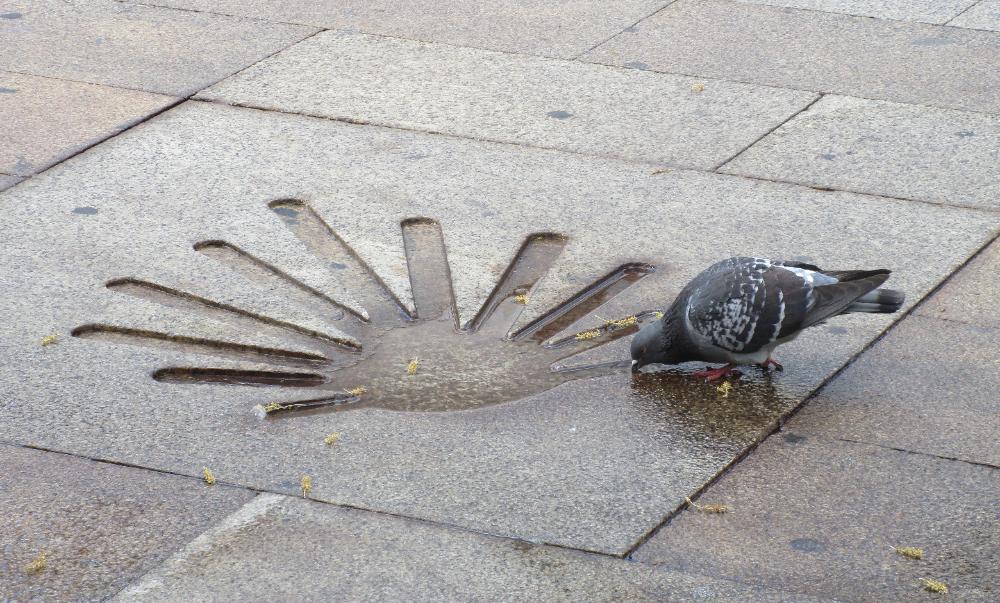
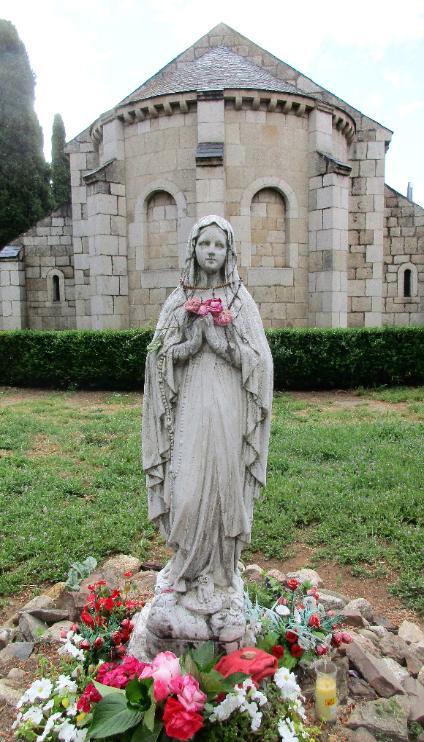
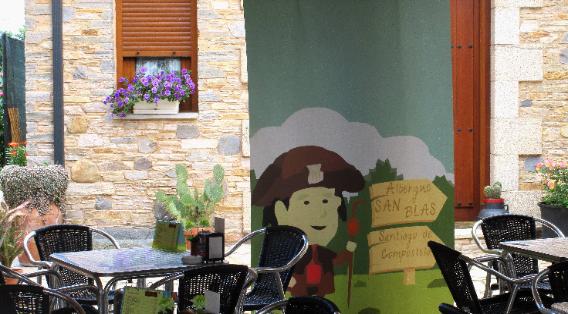
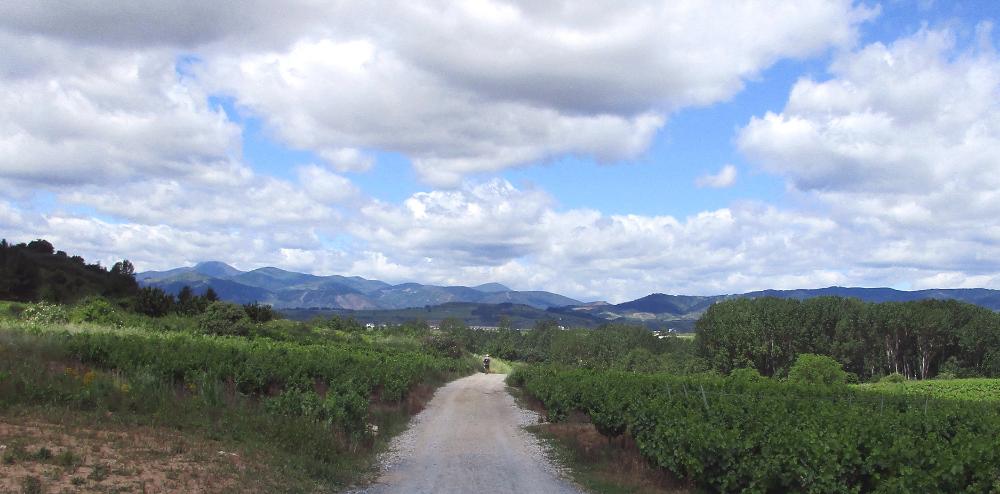
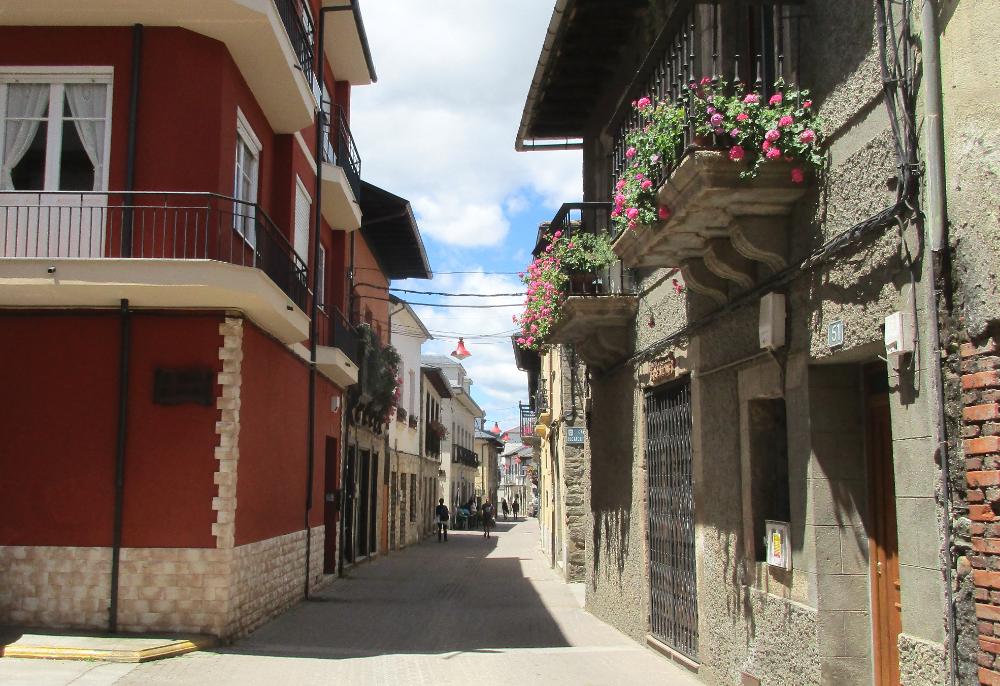
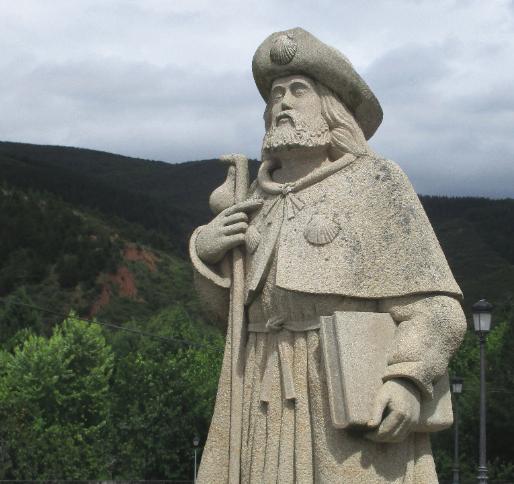
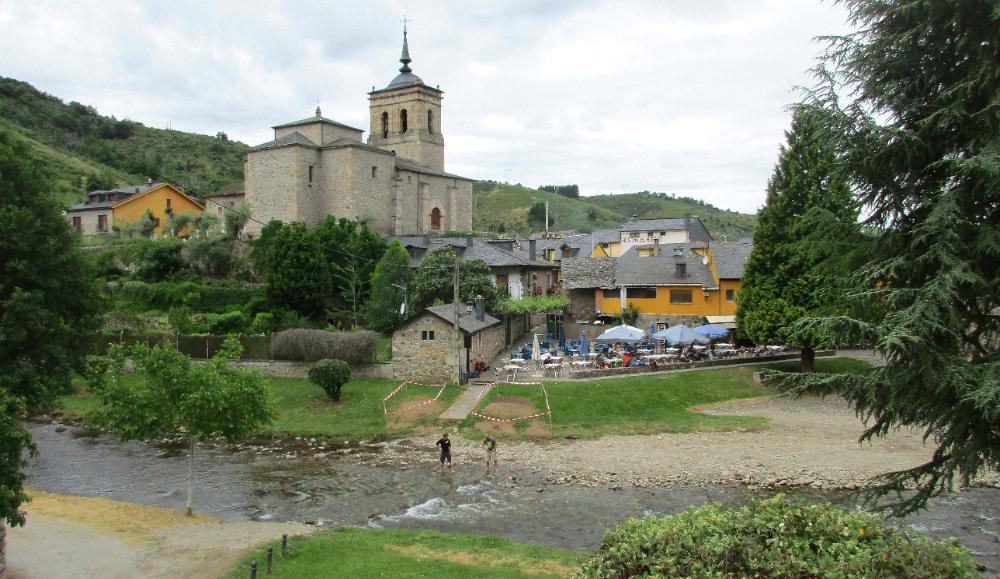
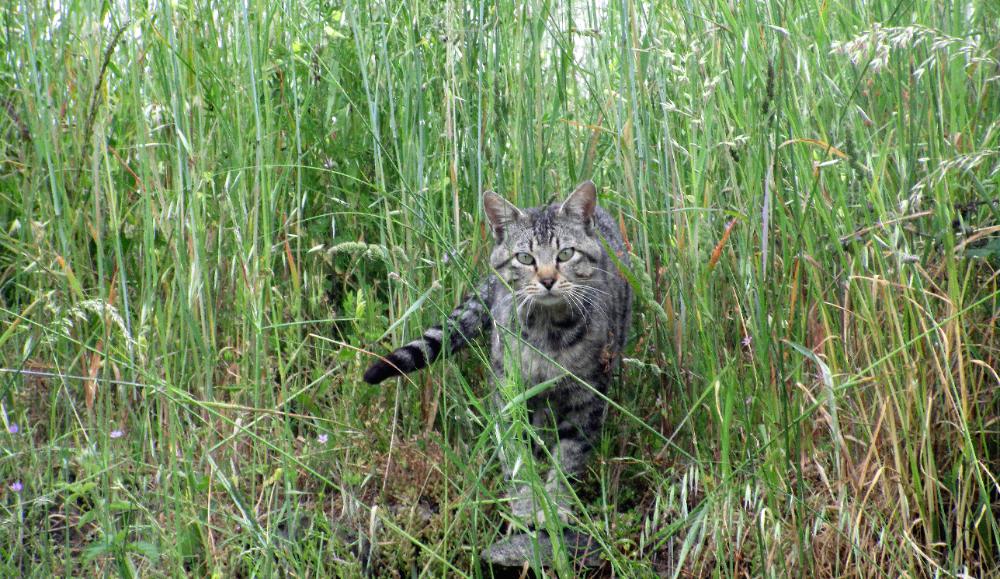
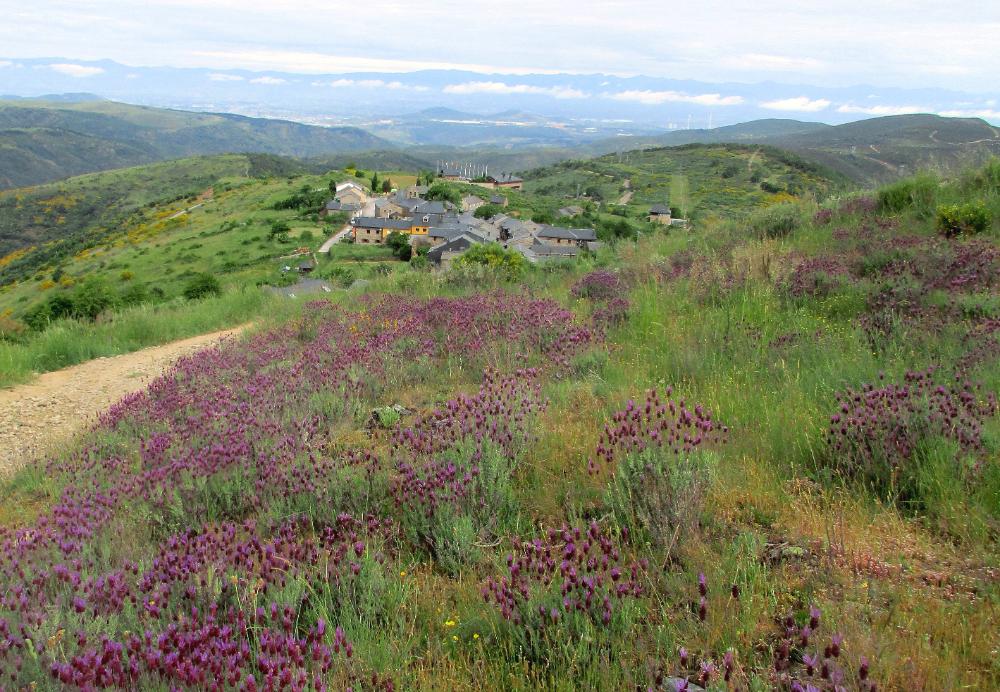
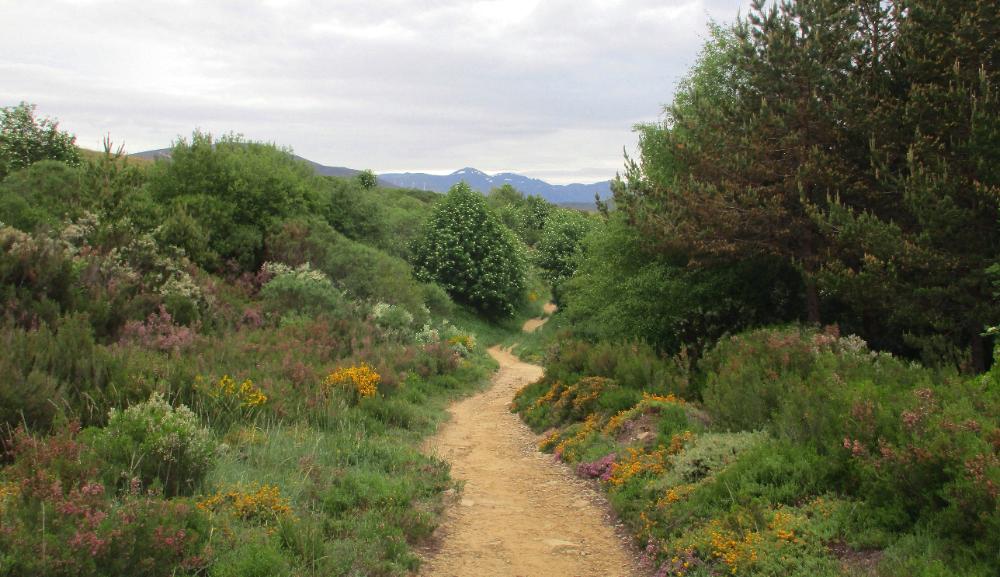
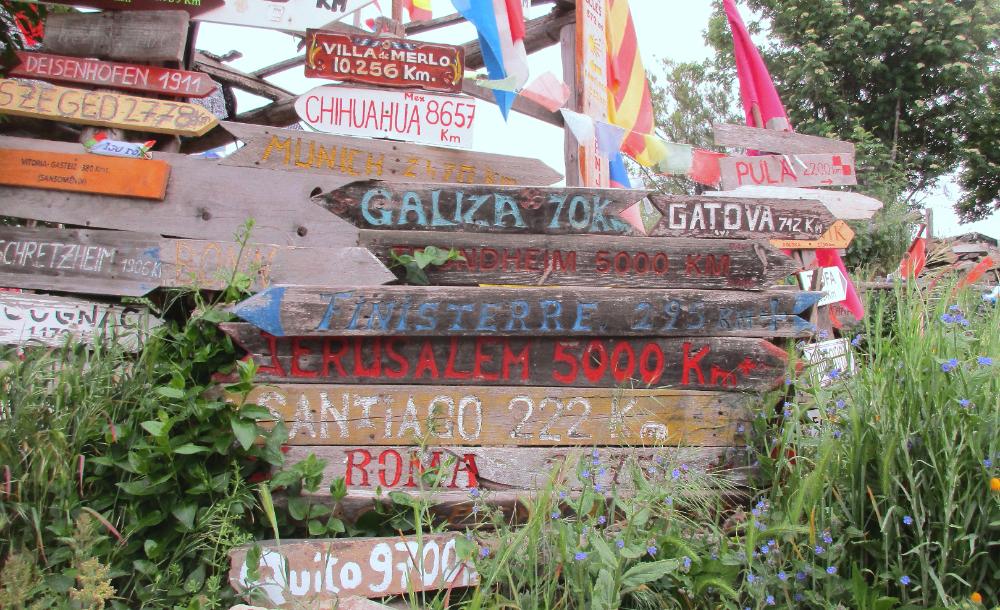
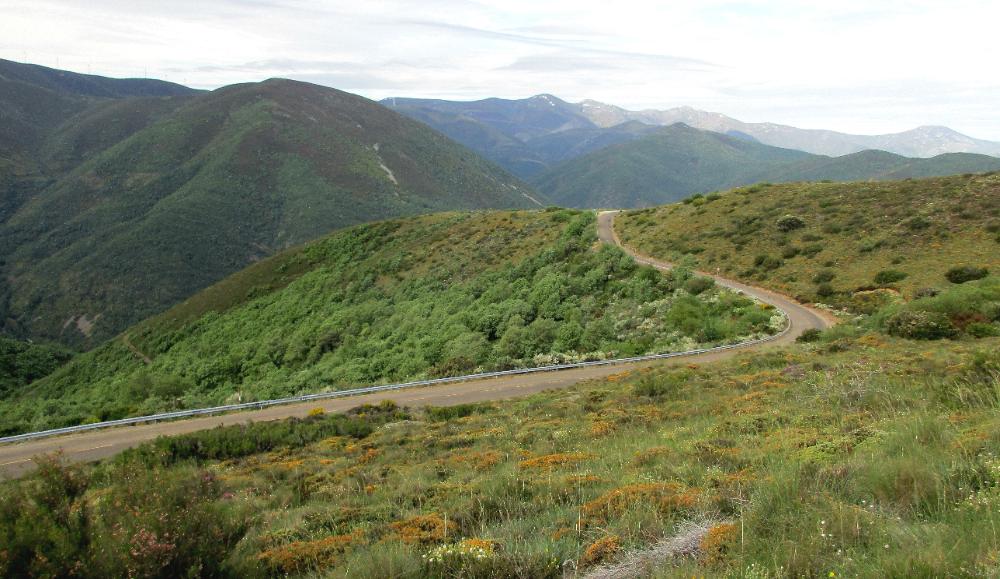
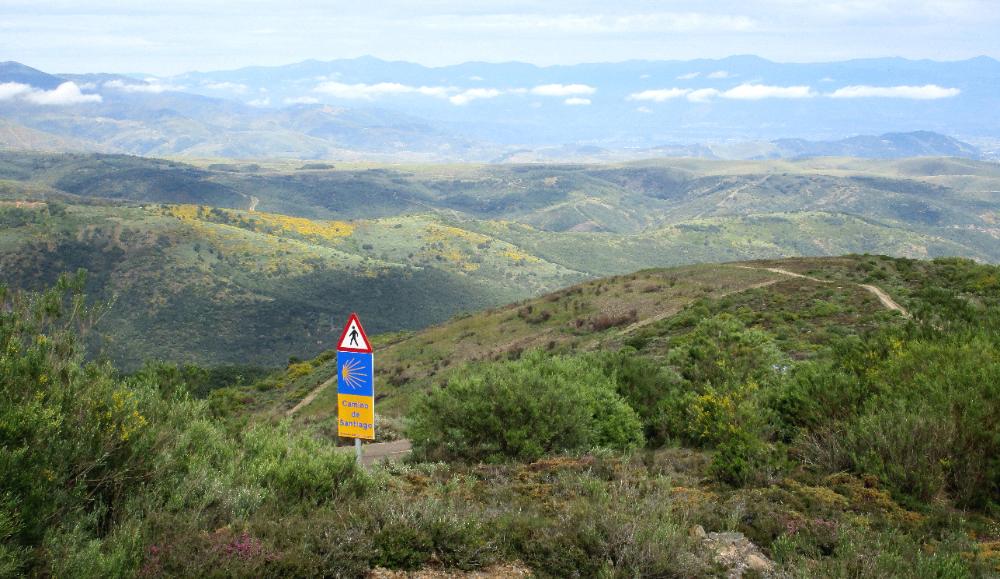
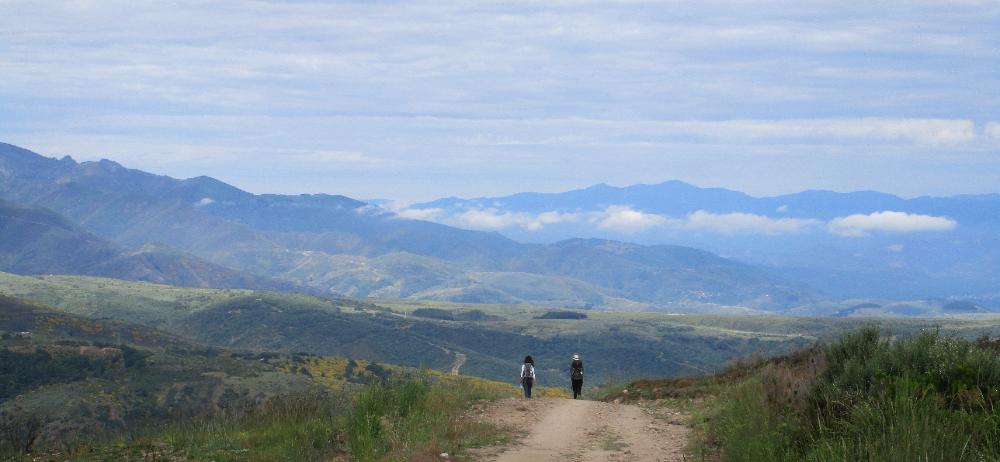
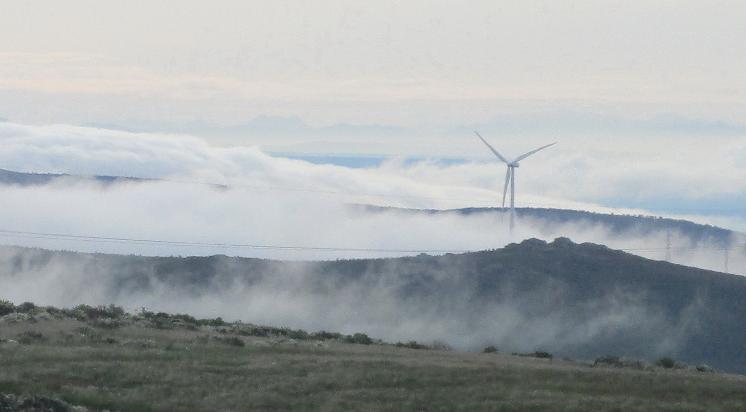
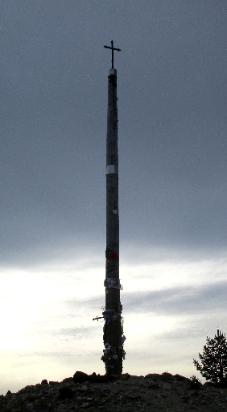
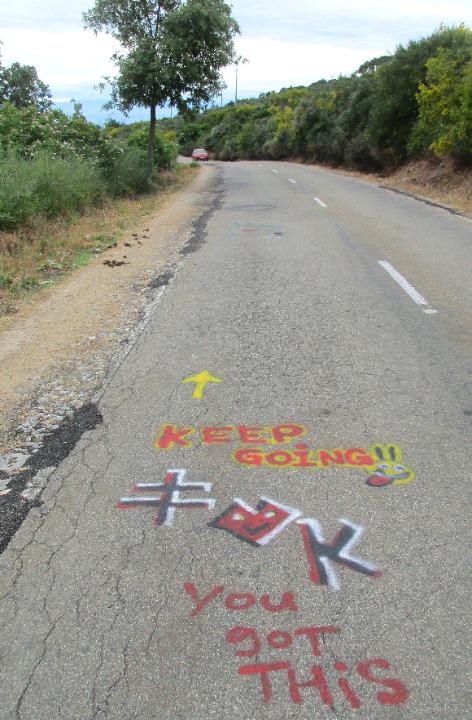
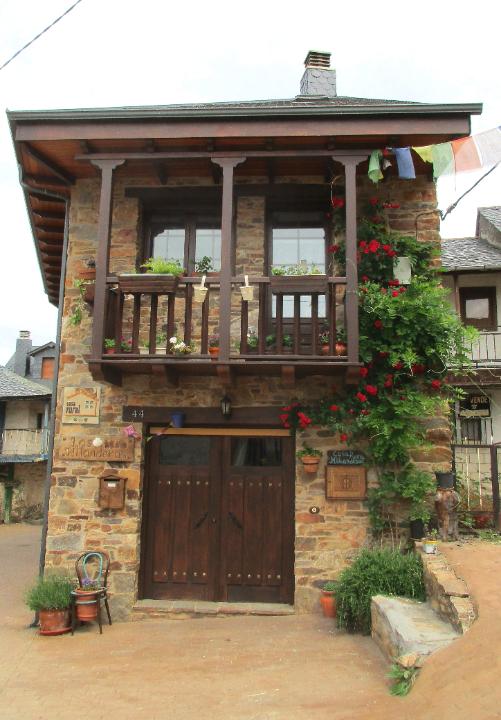
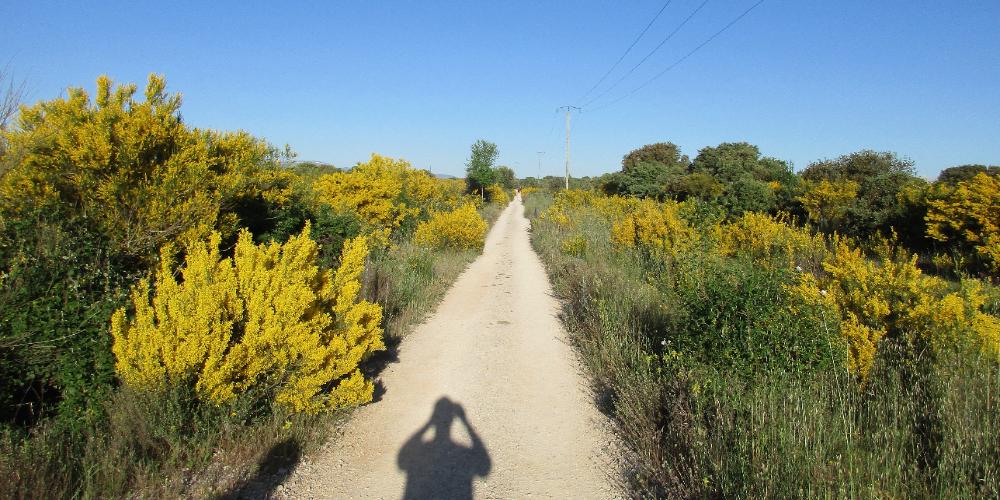
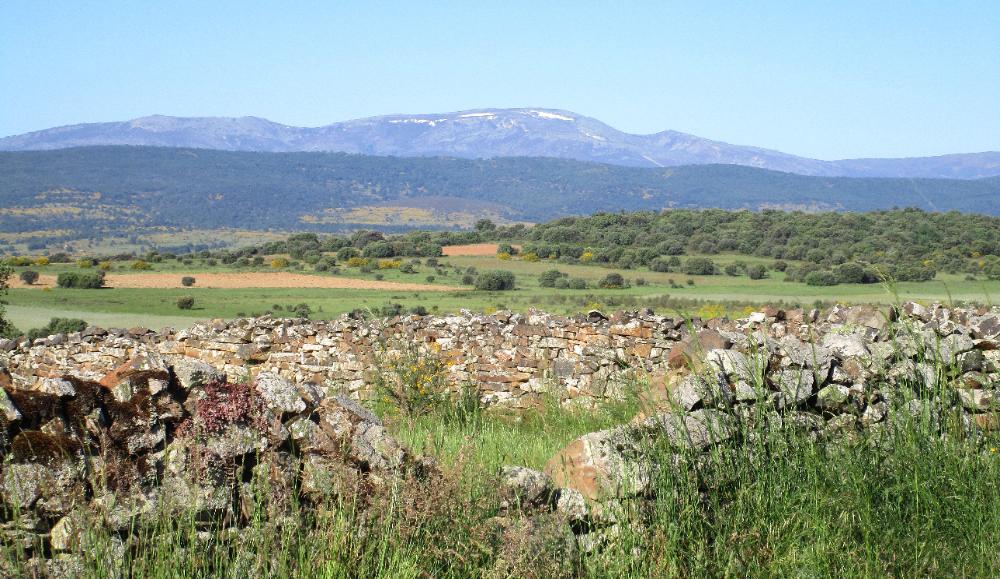
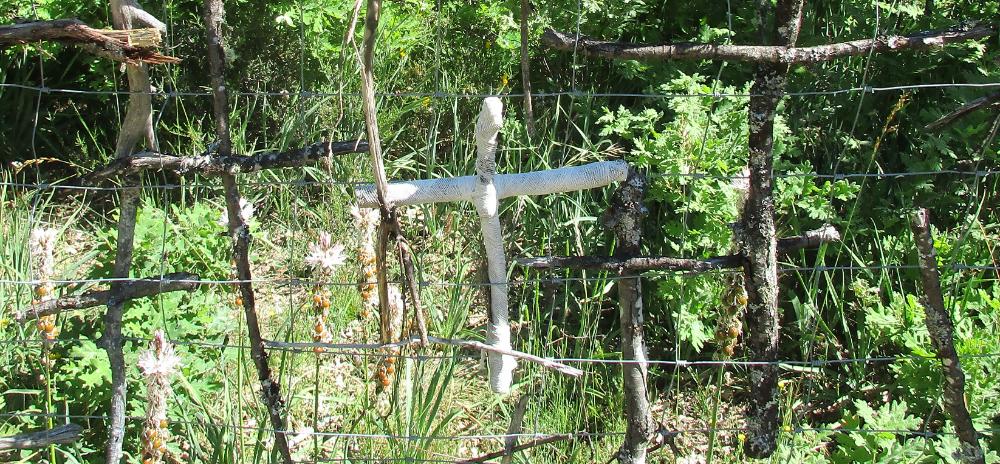
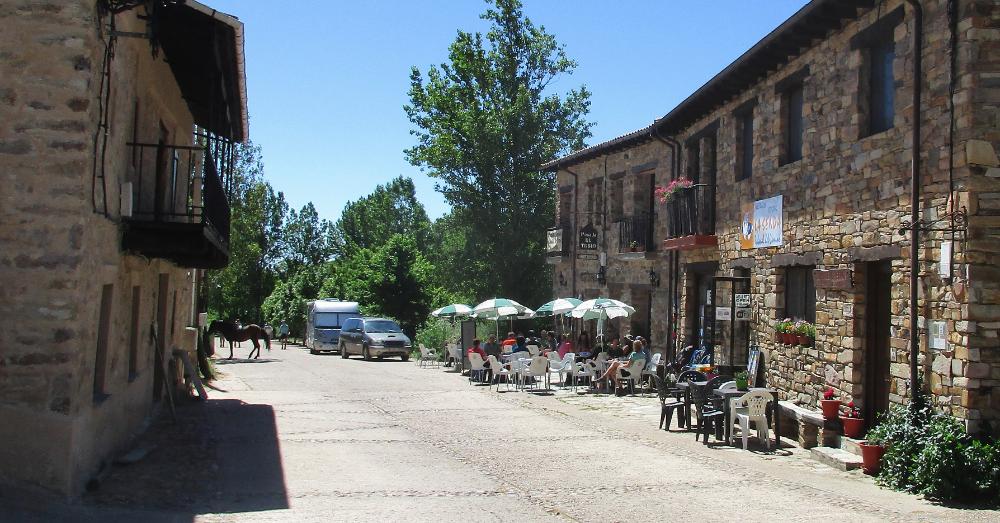
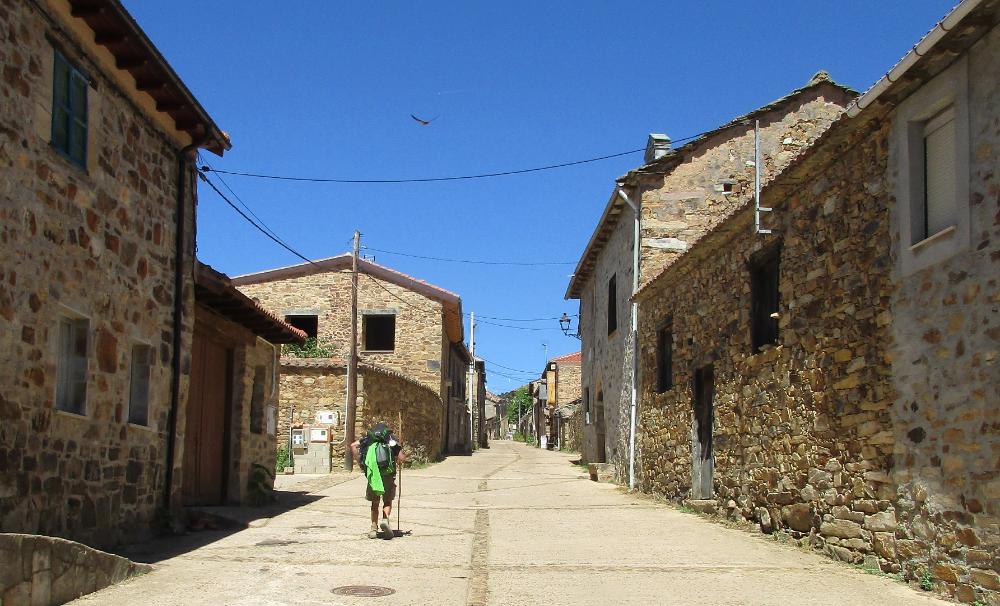
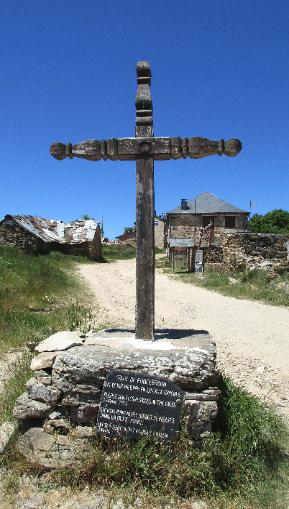
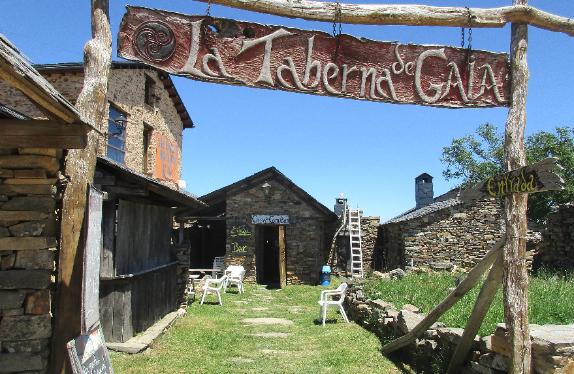
| Into the Hills of El Bierzo, Spain |
Well, it took us a good month of hiking but we
finally hit our stride and found we could bite off
larger chunks of the Camino -- 13 to 15 miles at
a go -- just in time for the flat Meseta to end
and the hilly El Bierzo region to begin. That was
good because we wanted to make up ground
from our slower pace at the start of the Camino.
We'd built three buffer weeks into our post-
Camino schedule, and it looked like we'd need
one of those weeks even with our faster pace.
We really liked El Bierzo with its quaint stone
towns and especially its capital, Ponferrada.
which is home to an amazing Templar Castle
(shown left). Complete with moat, drawbridge,
and fluttering pennants, it looks like a fairy tale
castle but is the real deal, having been built by
the Knights Templar way back in the 1100's.
El Bierzo also plays host to the Cruz de Ferro
(Iron Cross), which marks the highest point of
the Camino. Pilgrims traditionally carry a stone
with them along the Way then place it here,
symbolizing the laying down of a burden.
finally hit our stride and found we could bite off
larger chunks of the Camino -- 13 to 15 miles at
a go -- just in time for the flat Meseta to end
and the hilly El Bierzo region to begin. That was
good because we wanted to make up ground
from our slower pace at the start of the Camino.
We'd built three buffer weeks into our post-
Camino schedule, and it looked like we'd need
one of those weeks even with our faster pace.
We really liked El Bierzo with its quaint stone
towns and especially its capital, Ponferrada.
which is home to an amazing Templar Castle
(shown left). Complete with moat, drawbridge,
and fluttering pennants, it looks like a fairy tale
castle but is the real deal, having been built by
the Knights Templar way back in the 1100's.
El Bierzo also plays host to the Cruz de Ferro
(Iron Cross), which marks the highest point of
the Camino. Pilgrims traditionally carry a stone
with them along the Way then place it here,
symbolizing the laying down of a burden.
| You'll definitely do some climbing in El Bierzo, but the beautiful scenery, stone towns, and dramatic Templar Castle in Ponferrada more than make up for it |
| During this stretch we hiked three days from just past Astorga to just past Ponferrada, with distances as follows: 13 miles to Foncebadon, 13 miles to Molinaseca, and 15 miles to Cacabelos (about 4 miles past Ponferrada) |
| Hiking Day 30: Murias de Rechivaldo to Foncebadon |
| We hiked 15 miles today, so Ponferrada was just a stop for breakfast along the way -- but what a great stop with the magnificent Templar Castle to appreciate! |
| We ate croissants while looking at this view! When you think of a medieval castle out of the storybooks, isn't this pretty much what you have in mind? |
| Poppies have somehow managed to take hold on the castle walls |
| The Templar Castle sits right in the center of town and has both a moat and a drawbridge |
| The 12th century castle covers approximately 16,000 square meters and looks completely impregnable as you walk around it |
| We also visited Ponferrada’s cathedral and the unusual statue standing just outside. In the near background you can see the Templar Castle. |
| In Ponferrada's main square we caught a glimpse of this pigeon drinking from a Camino imprint in one of the tiles |
| We really liked Ponferrada but still had a long way to go. We passed through three small towns along the way -- and paused a little longer than usual at this statue of Mary outside the pretty Church of Santa Maria in Compostilla. |
| You'll see a lot of pilgrim images along the Camino -- but these two are particularly distinctive |
| The land turned green and vibrant as we moved towards higher, hillier terrain. The Galician Mountains were right ahead of us now. |
| Our feet and legs felt like lead by the time we finally reached Cacabelos. We stayed at Hostal La Gallega (€40) in the center of town along this main street. |
| At La Gallega's restaurant we ordered the specialty of the house (and a regional specialty as well) -- pulpo a la Gallega (octopus). It was tender and juicy, with just a hint of red pepper and salt, and served in bite-size chunks. |
| A hard hiking day of 13 miles with a stiff morning climb past windmills on a misty morning. Eventually we reached the highest point of the Camino -- the Cruz de Ferro (Iron Cross) |
| We got to enjoy a relatively flat stretch of winding trail near the highest point of the Camino before beginning a long descent |
| We added our stones to the already huge pile at the base of the cross |
| Here's a closeup of the distance signs -- only 222 km to go to Santiago! |
| Down, down, down. This gives a good sense of the hilly terrain in the El Bierzo region. |
| This improbably placed Camino sign is actually a reminder for drivers to watch for us pilgrims crossing the road up ahead |
| Love this image of two pilgrims walking towards Santiago, with the Galician Mountains up ahead |
| The Maragato village of El Acebo peeks out from behind a field of purple flowers |
| This cat came stalking out of the tall grass just as we were leaving town |
| Words of encouragement are always appreciated on a tiring day, even in the form of graffiti |
| Molinaseca is nicely situated near the Meruelo River. You can see the Church of San Nicolas de Bari in the background. We stayed the night at Pajarapinta Casa Rural (€48). |
| Not far beyond Riego de Ambros we passed this lovely grove of chestnut trees, then it was more down, down, down to Molinaseca |
| We awoke to a sunny but cool day, perfect for the 13-mile hike ahead of us, much of it uphill |
| We were pleasantly surprised at how gradual the uphill was for the first 10 miles or so. We passed plenty of stone walls, and there were actual mountains with snow in the distance. |
| A common sight along the Camino -- crosses made from branches woven into wire fences by pilgrims |
| We passed through the quaint village of Rabanal del Camino, where many pilgrims were enjoying a break at the cafe up ahead |
| Rabanal itself was flat, but after Rabanal the hike turned steep, with loose rocks, muddy patches, and a washed-out section of trail adding to the challenge |
| Foncebadon was a welcome sight. Located close to the highest point along the Camino, it's a rough-and-ready town of stone houses and slate roofs. We stayed at El Trasgu hotel (€45). |
| Hiking Day 31: Foncebadon to Molinaseca |
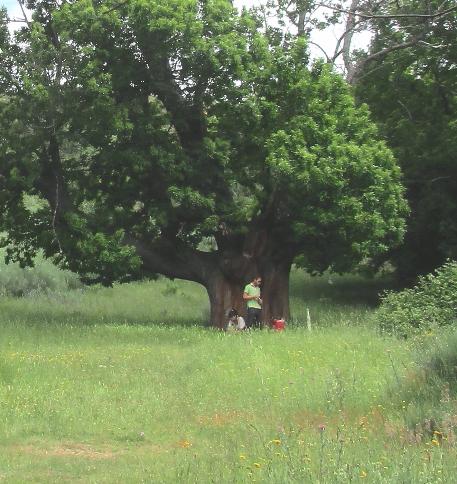
| Hiking Day 32: Molinaseca to Ponferrada |
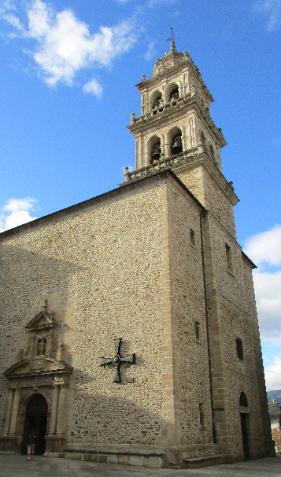
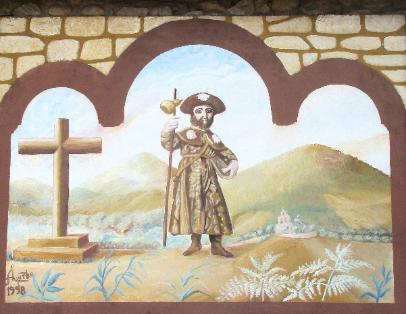
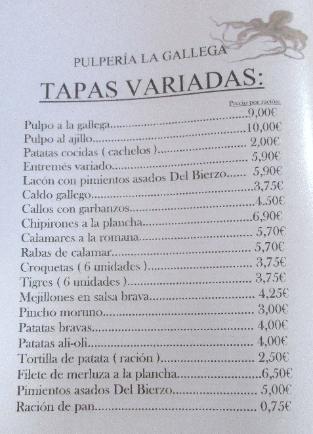
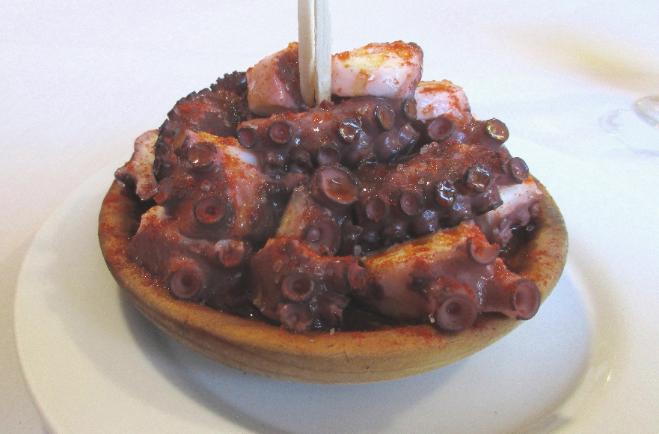
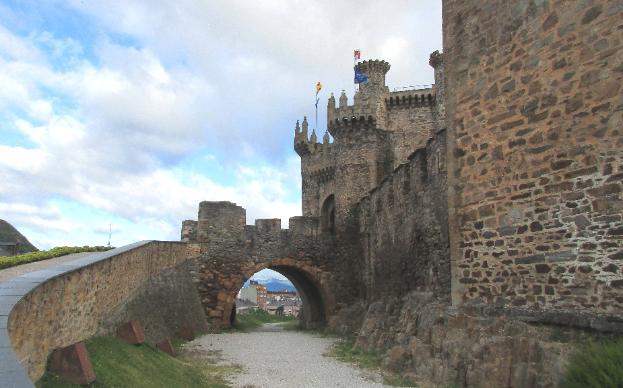
| A curious horse checks us out as we pass through one of El Bierzo's stone towns |
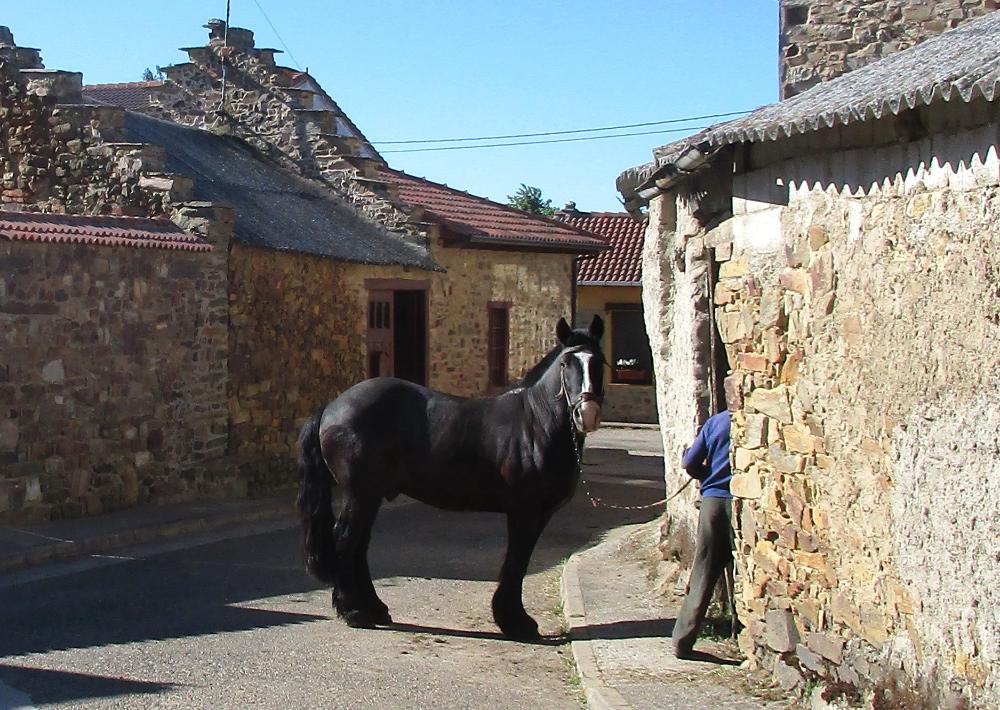
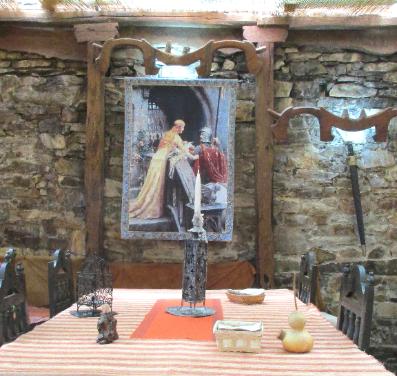
| We had a delicious dinner of sea bass at La Taberna de Gaia, which has a medieval theme combined with Celtic music. In fact the whole town has a Celtic feel to it. |
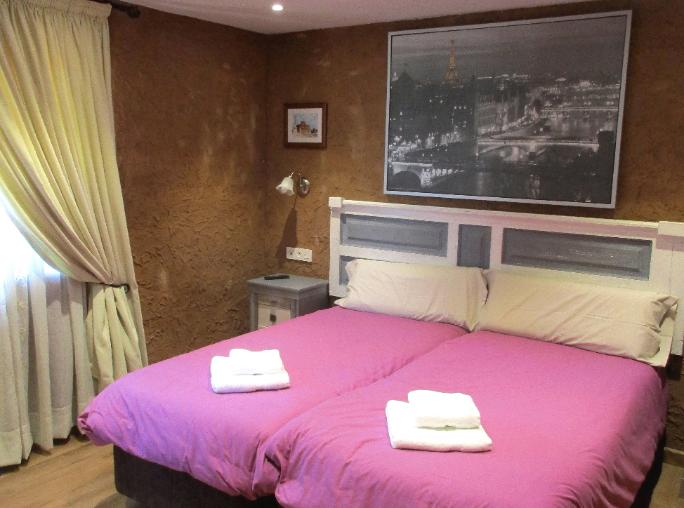
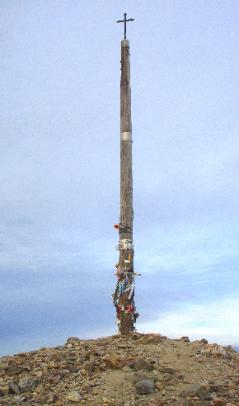
| Not far beyond was this distinctive hostel called Manjarin, known for its signs listing distances to various places around the world |
| We both would have been happy to stay in the village of Riego de Ambros (maybe at this charming place, Casa de las Hilanderas) |
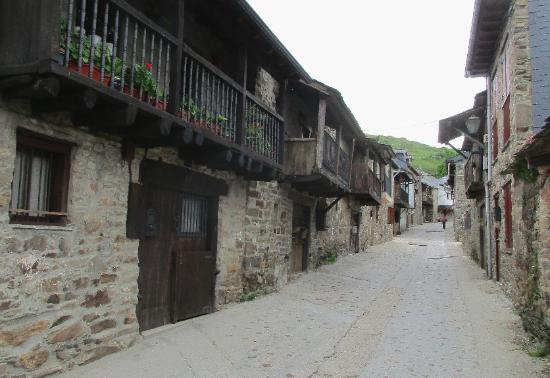
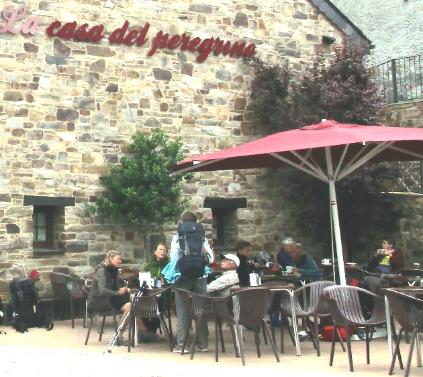
| El Acebo with its wooden balconies was the first village we came to after a long stretch with no amenities |
| We liked this statue in Molinaseca of a pilgrim walking trustfully with his eyes closed |
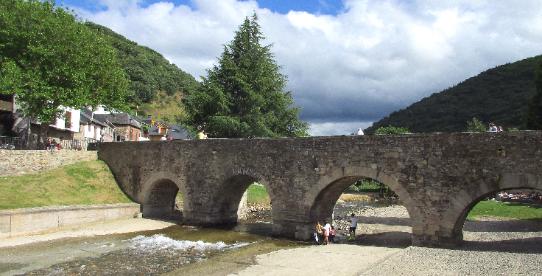
| This is Molinaseca with its Puente del Peregrino (Pilgrim Bridge) at the entry to town |
